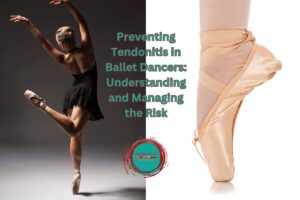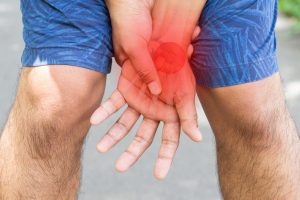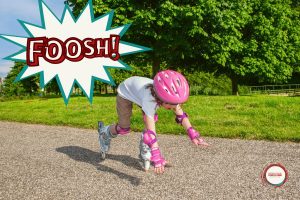
As we emerged from lockdown, my newly retired 71-year old Dad took me on some Central London bike rides. Before hugging or even sharing a meal together was deemed OK, we dusted our bikes down and set off on a socially distanced ride. These rides were in anticipation for my return to work post maternity leave and then furlough. I’ve always liked the idea of commuting by bike, but after witnessing my fair share of cycle accidents I’ve been too spooked to try it.
However with Covid-19 taking the shine off the tube, alongside the new cycle highways, this gave me the nudge I needed to get my pristine Trek bike on the road. It was bought to do my first (and currently only!) triathlon at Blenheim Palace in 2015. Apart from occasional summer circuits of Richmond Park, my road cycling experience was in its infancy.
Learning to love to Cycle in London.
While my Dad pointed out his favourite nude statue (Atalanta, now defaced with a mask), the rare walnut tree near the James Whistler bronze by Battersea bridge, the secret Harry’s Bar Pizzeria near St Paul’s Cathedral and the completely hidden secret Wardrobe Place, he also taught me how to position myself on the road and how particularly as a female cyclist to be more ‘aggressive’ or should I say ‘ confident’ at pull offs from traffic lights.
On our cycles London felt more like a deserted film set than a bustling city. This did mean I really got to grips with my routes and my confidence built. I used this cycle routes website to find my safest wiggle route to work, away from the main roads. It added five mins to my commute but meant I was only on an A road for five minutes out of 30. The map makes you feel like a black cab driver preparing for The Knowledge.
The ‘other’ benefits to cycling to work.
I’ve been commuting for a month now. I’ve saved £60 and ticked off my first near miss, first double wet commute, high winds and dark return journeys with my lights. Thanks Dad for kitting me out! The roads are busier now and zooming past standstill traffic will never lose its thrill. Occasionally, I miss my old commute listening to a podcast, but overall the high of leaving the house in Lycra® and just getting myself door-to-door while exercising at the same time is such a great quality of life move.
My remaining main hurdle to navigate now is the sheer number of bikes pushing off from traffic lights. I just pause, admire the different cycle kit around me and pretend I’m in the Tour de France. I’m learning how to care for my bike, check my tyres, clean my chain. Now, I just need to get better at stretching tight hip flexors, my ITB and my pecs, so I don’t treat my first patient looking like I just rode to work on a camel. You can also find more tips here.
My top five tips for stretching after cycling:

1. Cycling can make your pectorals very tight. At traffic lights I sit up on bike, open my arms out like a plane and rotate my thumbs up and down a few times. This helps relieve tension.

2. The ITB is a large thick band of deep fascia that runs down the lateral surface of the thigh. It can get tight in cyclists. With/without support take it in turns to take one leg across behind you resting on the outside border of the foot. Feel the stretch down the outside of thigh. Hold for 15 seconds on each side. Add in your arms to make a big C if you want a whole lateral body stretch.

3. Gluteal (bottom) muscles get a pummelling when cycling. Treat your glutes to this external rotation stretch that can be done standing, squatting, sitting/lying. Hold for 15 seconds on each side. The more you stick your bottom out the more you will feel it.

4. Calf (gastrocnemius) Stretch – drop your heel down with a straight knee using your pedal if you can balance ok with bike. Or step off your bike and do it from a step or the ground. Hold for 15 seconds on each side. To bias the other part of the calf (the Soleus) bend the knee with heel dropped down.

5. Rectus Femoris stretch – most people have heard of the quadriceps muscle group. This muscle is part of that group. It crosses over the front of the hip and knee joint. This is the most important one for me since starting to cycle. Ensure you tilt pelvis back in your lunge position to feel stretch from groin downwards. You can add in the arms too. Hold each side for 15 seconds.





Comments